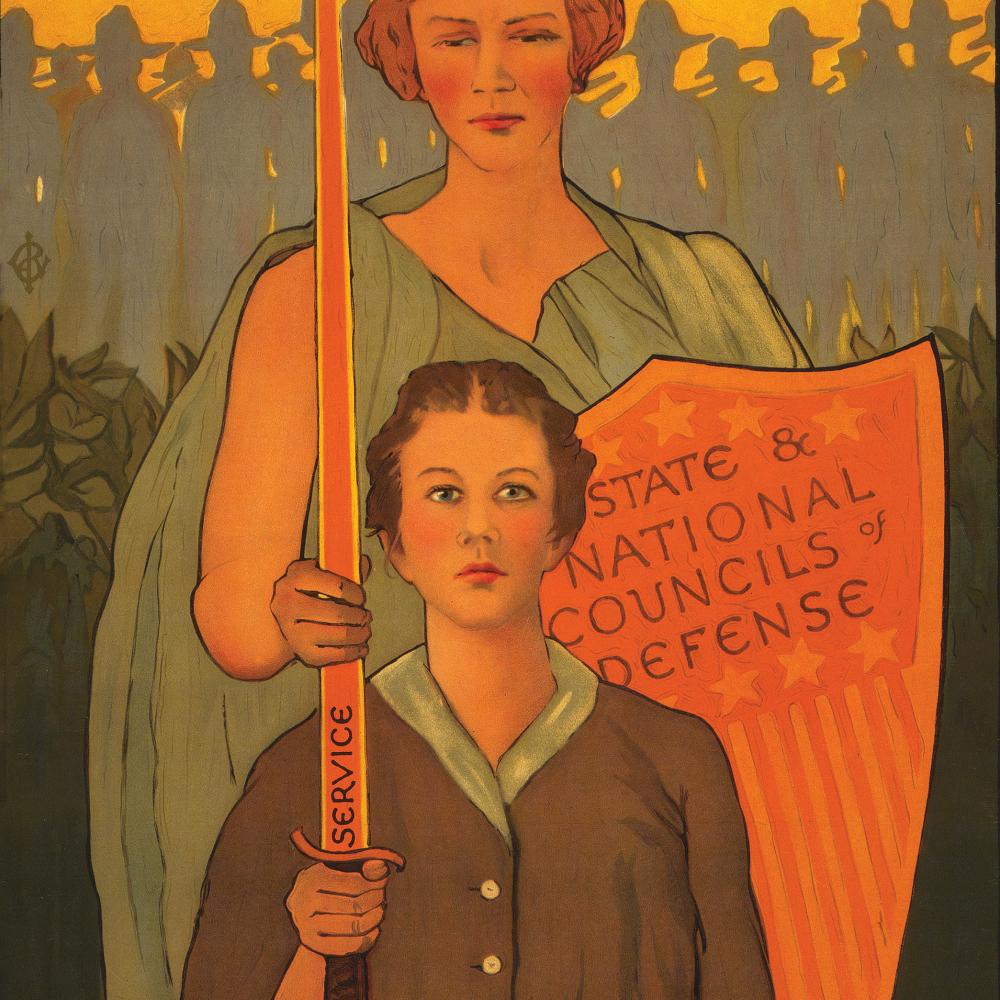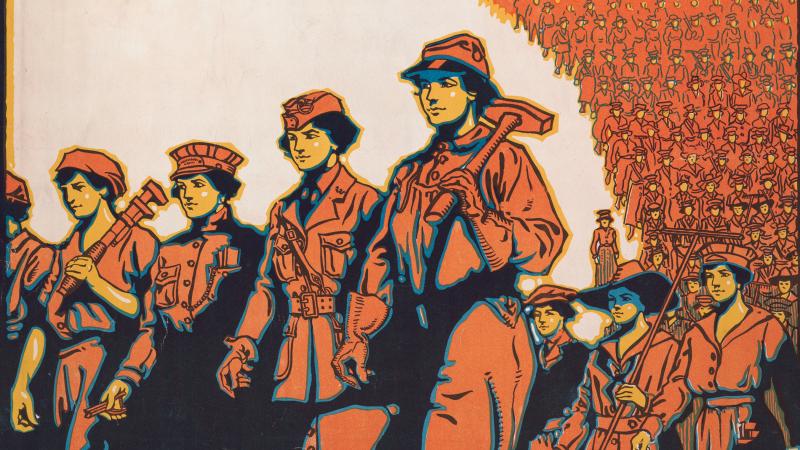What Best Describes the Mood of the World After Wwi
In the years following World War I there was spiraling hyperinflation of the German currency Reichsmark by 1923The causes included the burdensome reparations imposed after World War I coupled with a general inflationary period in Europe in the 1920s another direct result of a materially catastrophic war. Read the excerpt below and answer the question.

World War I Changed America And Transformed Its Role In International Relat The National Endowment For The Humanities
October 30 2011.

. Economy enjoyed one of its most prosperous decades in the 1950s despite the billions spent on the Korean War and the Cold War. At the end of World War II huge swaths of Europe and Asia had been reduced to ruins. The British public had feelings of euphoria.
Slaves running away C. Which of these terms best describes the national mood in Germany during the 1920s. The day after the attack Congress declared war on Imperial Japan with only a single dissenting vote.
World War I was fought between the Central powers and the Allied powers simultaneously on several fronts in western Europe eastern Europe and the Middle East. Germany and Italy Japans alliesresponded by declaring war against the. And the Soviet Union sent spies to each others countries to steal secrets.
I knew a women who was an adult in WW 2. I doubt anyone in the US feared anything up until the war in started America. The First World War George Kennan wrote decades after it ended was the urcatastrophe of the 20th century.
YOU MIGHT ALSO LIKE. The years after World War One were an important turning point in the making of the American nation. Now it would deal with problems of its own.
The Japanese attack on Pearl Harbor on December 7 1941 ended the debate over American intervention in both the Pacific and European theaters of World War II. The romantic ideal was the free expression of human feelings. They cried a lot.
The rapid printing of marks the basic unit of German currency unsupported by real economic value caused severe inflation. Chapter 28 section question. Borders were redrawn and homecomings expulsions and burials were.
Through the period from the armistice on 11 November 1918 until the signing of the peace treaty with Germany on 28 June 1919 the Allies maintained the naval blockade of Germany th. On May 7 1919 in a room in the grand Versailles Palace outside Paris German foreign minister Count Ulrich von Brockdorff-Rantzau arrived at the head of a delegation of diplomats. By early 1923 it took 50 000 marks to buy an American dollar.
World War I is an amazingly important and underappreciated moment in history. Which best describes the physical and human costs of World War II. Attitudes to World War 1 WW1 known as The Great War changed throughout the duration of the conflict.
There was nothing unusual about this. See answer 1 Best Answer. Between the World Wars.
The Undermining of Democracy in Germany. Instead of German wealth going back to the economy it went to pay off the war debt. At the outbreak of war the general attitude to the war was positive.
11 1918 after more than four years of horrific fighting and the loss of millions of lives the guns on the Western Front fell silent. Many guards and their dogs were out that night p. Europe After World War I.
The global reaction was one of mixed. World History- Chapter 16 The Great Depression Voc. Answer 1 of 4.
N The South had a lack of industries because of a lack of capital poor sales markets and A. The area between the opposing armies trenches. The 1950s saw no demand for tariff increases.
Which word best describes World War II on the home front. She said a lot of people state side kept saying Dont you know theres a war going on. Which word best describes the mood of the world as you know it.
Start studying World Hist. Compare post-World War I Europe to the demise of ancient great empires. Recall characteristics of the Roman Empire.
In the spring of 1922 about 300 marks could buy an American dollar. As far as the years stated. Which of the following best characterizes the mood Valéry describes in this passage.
East German leaders were alarmed by the flood of people leaving the country. The purchasing power of most americans was at an all-time high. For most of the decade US.
The First World War led to Americans becoming much more insular with regard to the outside world. During the war Germany had invaded nearly every other country in Europe. They came to negotiate with representatives of the major Allied powers -- Britain France Italy Japan and.
Armistice on the Western Front. Although fighting continued elsewhere the armistice between Germany and the Allies was the first step to ending World War I. Learn vocabulary terms and more with flashcards games and other study tools.
Chapter 13 The Rise of Totalitarianism. The country turned away from the problems of Europe. After World War II tensions quickly rose between which two nations.
Every skull he picks up is an illustrious skull. What best best characterizes the mood of the Romantic period. Despite objection from conscientious objectors support for the war remained relatively high through out however the positive.
The first conflict among industrialized global powers killed 10 million soldiers and. Which statement best describes the impact of total war during World War I. Sacrifice Bpoverty Cprosperity Dhopelessness 1 See answer.
The Great War claimed 40 million lives but also serves as an unexpected pivot point for modern civilization. United States and Soviet Union. See full-sized image for analysis.
Also they cried a lot. Business was not greartly concerned about the threat from imports. This one was Leonardo.

The 10 Best First World War Music First World War The Guardian

The First Word You See Is Your Best Personality Trait Good Personality Traits Personality Words Words To Describe Yourself

The First World War The Aftermath

World War I Changed America And Transformed Its Role In International Relat The National Endowment For The Humanities
No comments for "What Best Describes the Mood of the World After Wwi"
Post a Comment